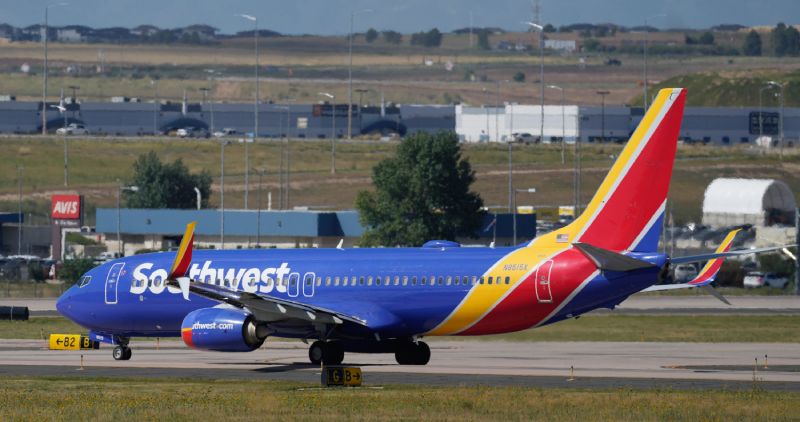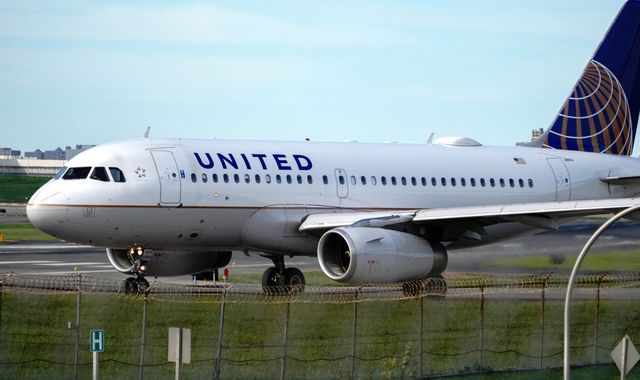Business
United and Southwest Airlines issue an alert regarding rising jet fuel prices
-

 Business3 weeks ago
Business3 weeks agoArtificial Intelligence’s Function in Changing Worker Engagement in the Digital Age
-

 Entertainment3 weeks ago
Entertainment3 weeks agoVictoria Team: Setting the Standard of Resilience and Innovation for Miss Supranational 2024
-

 Business4 weeks ago
Business4 weeks agoRico Suarez’s Journey: From Gig Worker to CEO Transforming the Moving Industry with Muvr
-

 Technology4 weeks ago
Technology4 weeks agoSamsung to Launch Neo QLED 8K and More AI TVs in India on April 17, Pre-orders Now Available
-

 Business2 weeks ago
Business2 weeks agoA positive mindset, steering positive financial change, meet Oz Clement Knight
-

 Technology4 weeks ago
Technology4 weeks agoIntel Partners with Infosys, Bharti Airtel, Ola, and Unveils the Gaudi 3, a new AI chip Designed to Rival Nvidia in the Indian Market
-

 Business2 weeks ago
Business2 weeks agoLenovo and US Semiconductor Behemoths Collaborate on AI PCs
-

 Technology3 weeks ago
Technology3 weeks agoBiden, Kishida Secure Support from Amazon and Nvidia for $50 Million Joint AI Research Program







